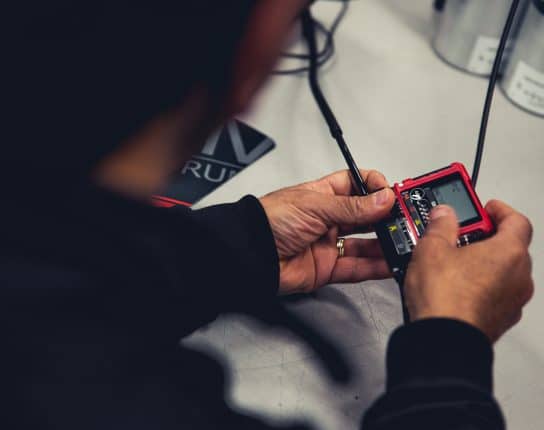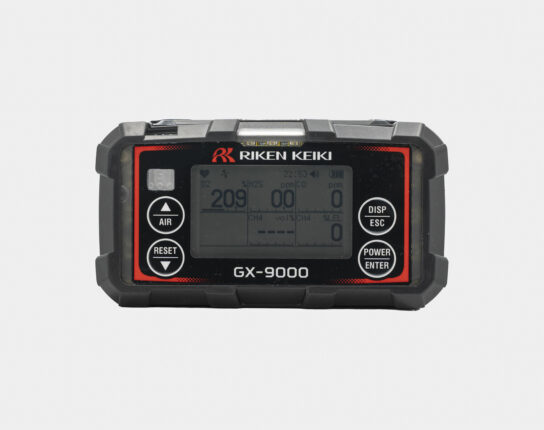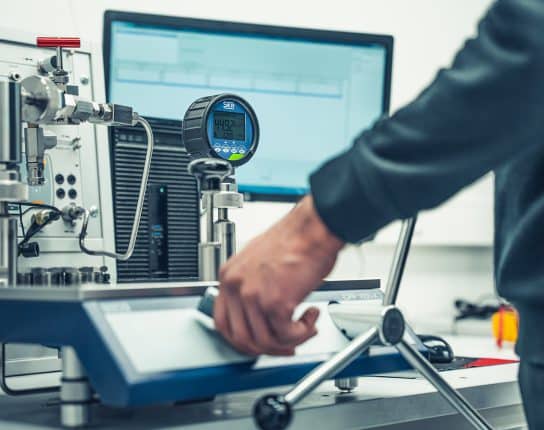
3 common mistakes in gas detection
What is gas detection and why is it necessary
Gas detection is an important safety measure for many workplaces. It involves measuring air concentration of hazardous gases with the primary purpose of alerting workers when dangerous levels are detected and avoiding accidents or long-term health implications. That’s why it’s important that you avoid the 3 common mistakes in gas detection.
Different types of gas detection machinery are used depending on what kind of gases need to be monitored, such as combustible, toxic, or oxygen deficiency gases. These types of sensors also have long-term value in keeping workplaces free from hazardous gasses that can cause both employee and corporate liability issues. While not always paramount in every situation, gas detection is a prudent and effective way to keep workers safe in potentially hazardous environments.
The 3 common mistakes in gas detection and how to avoid them
1# Not regularly testing your equipment
It’s important to regularly test your gas detection equipment to ensure it is functioning properly. You should check for any physical damage, such as cracks in the detector, as well as make sure that all sensors are working correctly. Additionally, you should ensure that any calibration settings are set correctly before using the equipment. Failing to do this could lead to inaccurate readings and could put your environment at risk if a hazardous gas goes undetected.
2# Not maintaining your equipment
Another mistake you may be making with your gas detection equipment is neglecting regular maintenance. This can include checking for dust buildup on the sensors, replacing filters and other parts when necessary, and regularly cleaning the device according to manufacturer instructions. Neglecting these tasks can lead to incorrect readings or even malfunctions of your equipment, which can cause serious safety risks in your work environment.
3# Miscalibrating your equipment
Calibrating your gas detectors is a crucial step in ensuring accurate readings from your device. If the calibration settings are off even by a small amount, it can lead to false alarms or missed detections of hazardous gases. In order to avoid miscalibration, you should always follow manufacturer instructions for calibrating the device and use certified calibration gases for testing purposes whenever possible.
Best practices with gas detection
With the right preparations and safety protocols in place, gas detectors can be an invaluable asset for any business or workplace. First and foremost, it is important to establish a perimeter where the gas detector will be used: a space big enough to accommodate the detector’s range. Make sure the area is clear of any possible obstructions that may block air flow. When mounting your gas detector, always reference the manufacturer’s guidelines – improper installation can have serious consequences when using gas detection technology.
Finally, verify that all alert settings are consistent with safety standards and consistently test the sensor before relying on its readings to ensure accuracy. Taking these essential steps will help ensure safe, reliable use of your gas detector for years to come.
At last
Gas detection is an important part of keeping maritime and industrial environments safe from hazardous gases. In order for it to be effective, there are certain steps that must be taken including regularly testing and maintaining your equipment as well as calibrating it accurately with certified gases when necessary. If you want to know more about gas detection or calibrating your equipment, get in touch with one of our specialists!
Related
More of the same



